Antibiotic from the human nose works by proton translocation
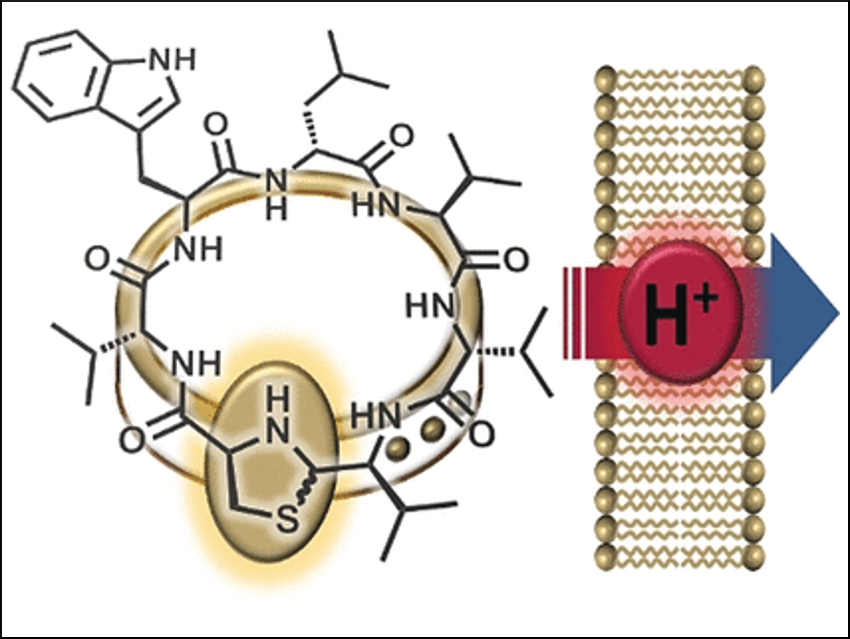

Antibiotic from the human nose works by proton translocation
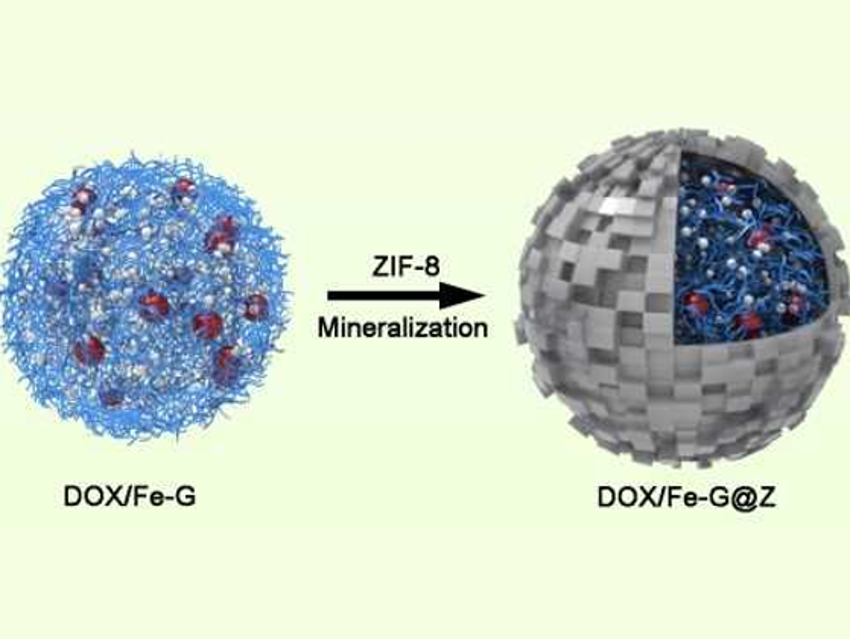
MOF‐encapsulated nanoparticles for the delivery of drug-gene combinations
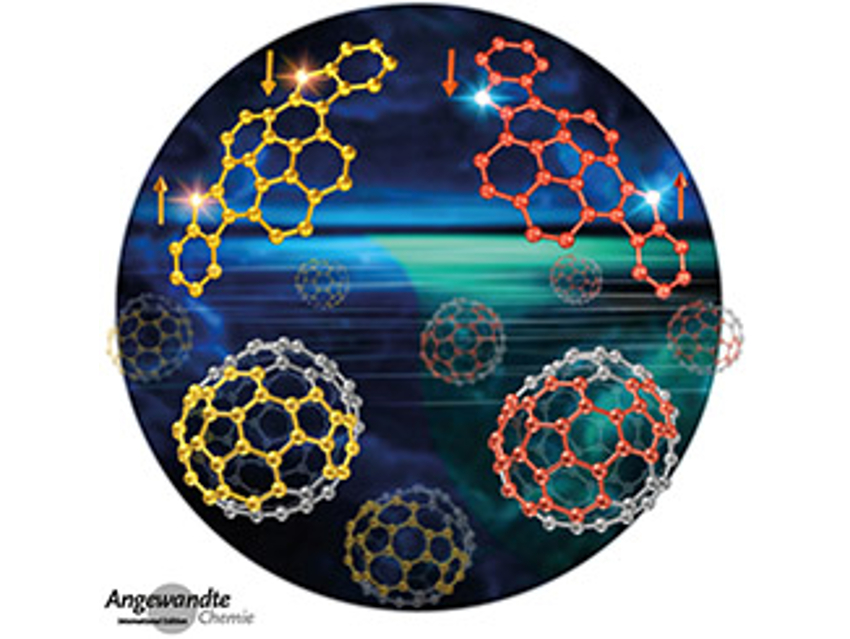
Overview of the latest issue of Angewandte Chemie
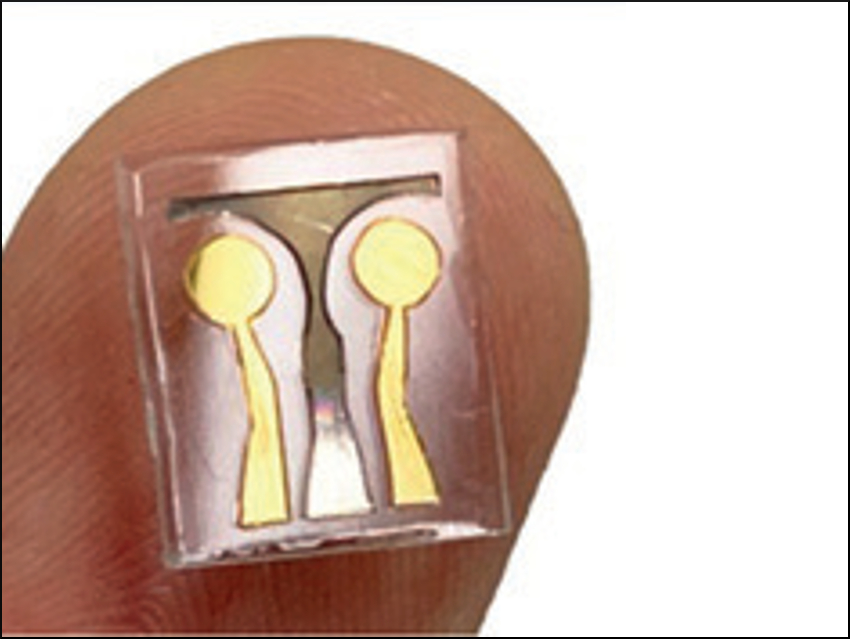
Gold electrode detects both insulin and glucose in microliter biological samples
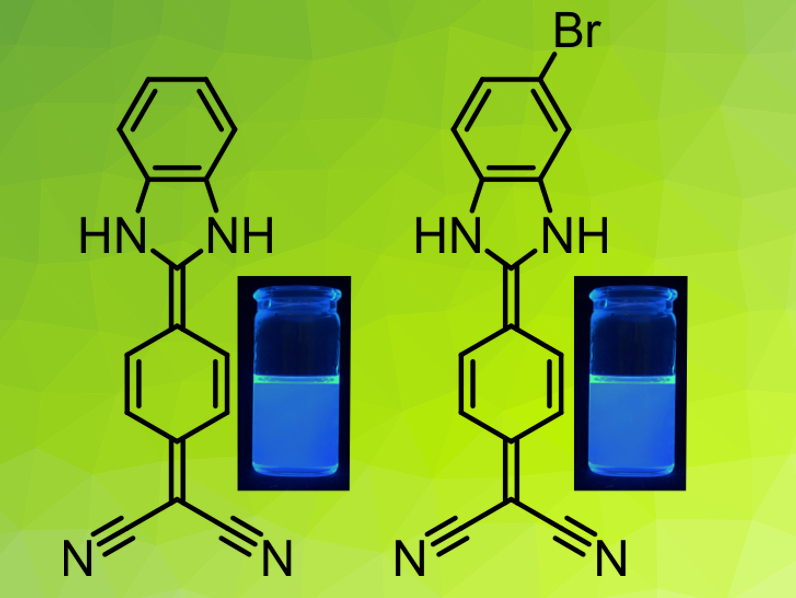
Diaminodicyanoquinones are fluorescent dyes with high dipole moments

Overview of the latest issue of Angewandte Chemie
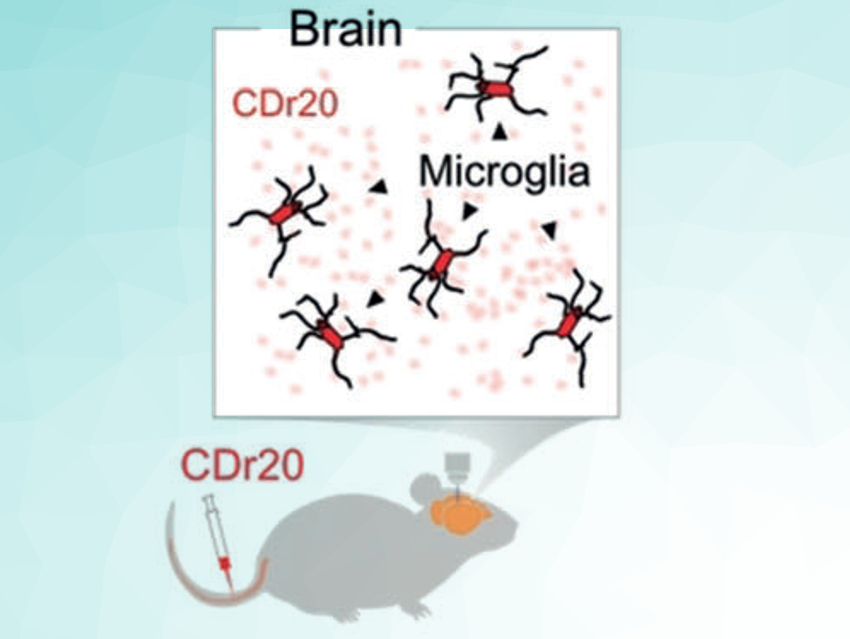
Microglia labeled with a fluorescence turn-on substrate
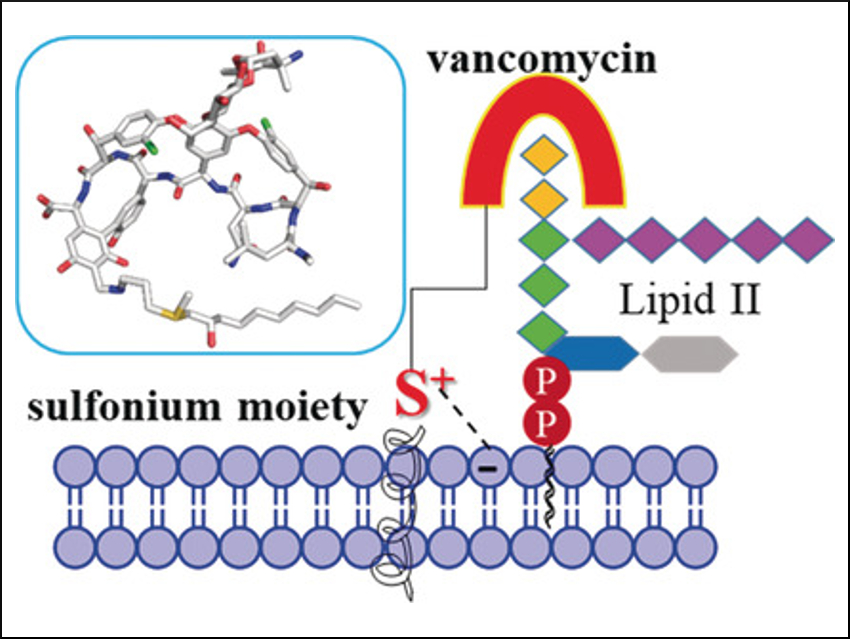
Sulfonium modification boosts the antibacterial properties of vancomycin
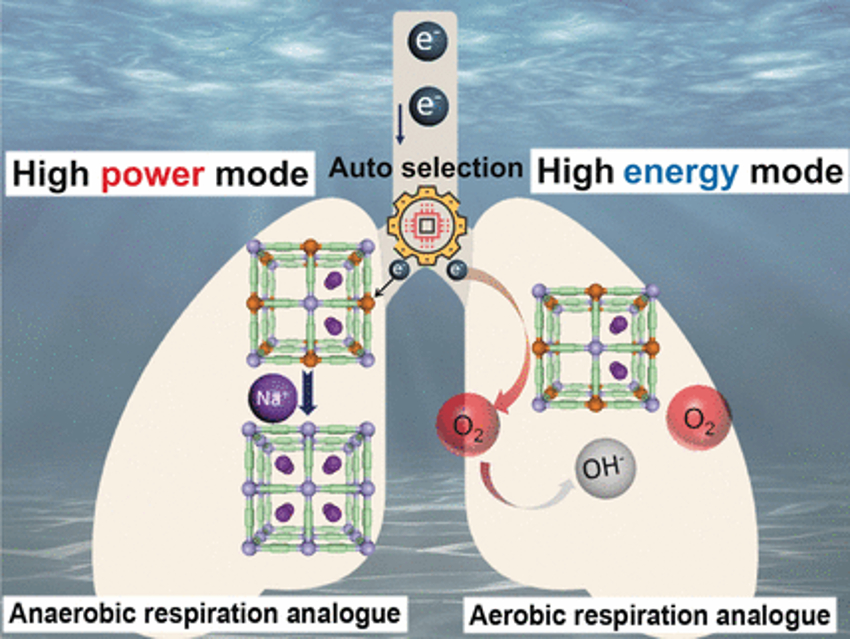
Electrochemical system autonomously switches between low- and high-energy modes
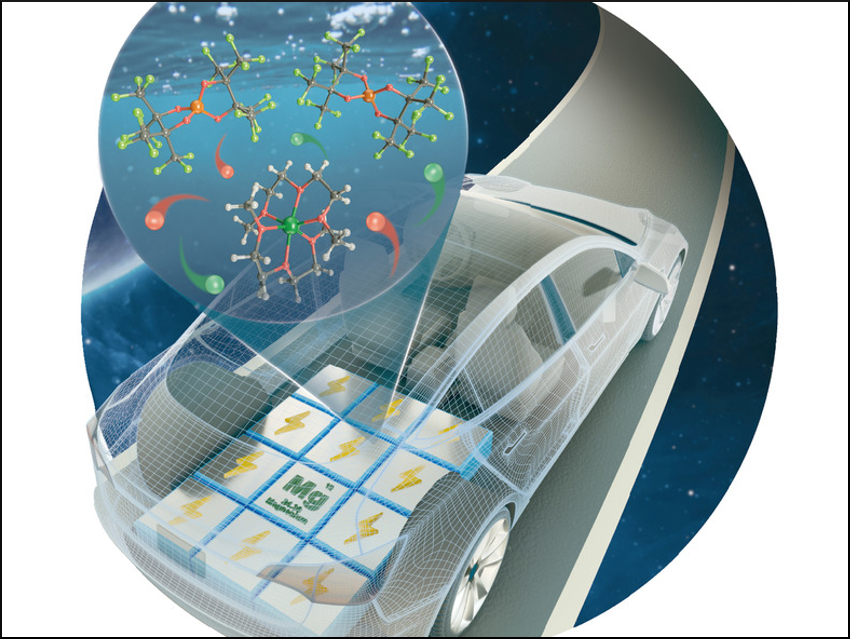
Oxidatively stable electrolyte with a weakly coordinating perfluorinated pinacolatoborate anion